The Knee Down Technique
Its purpose and uses
By Wahid Ooi Abdullah
Pictures credited to respective sources
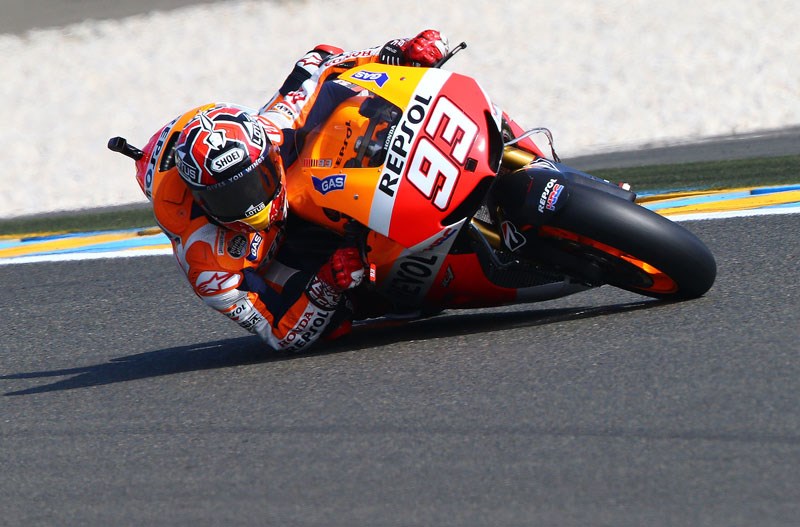
We see it on TV every weekend. The rider’s knees dragging on the track through corners, sandwiched between his bike and the track.
The knee down technique had a colourful history, but every performance seeks to do it, both on the track and even the streets. Whatever the purpose or reason, we admit, knee dragging is stylish. But is it necessary? Does it mean that you’re not riding hard enough if you don’t get your knee down.
First, a brief history lesson.
The rider credited as being the first to perform a knee down was the Finnish ice racer, Jaarno Saarinen.
He had won the 1965 250cc Finnish ice racing national championship, before making the move to Grand Prix in 1968.
What truly made him special was his riding style. Riders of the era sat straight up with their knees pressed on the tank of their machines while cornering. Needless to say they dragged the hard parts of their bikes all the time. The only knee downs were due to crashes.
But Saarinen took to the corners by keeping his chest above the fuel tank, shifting his body to the inside and extending his knee.
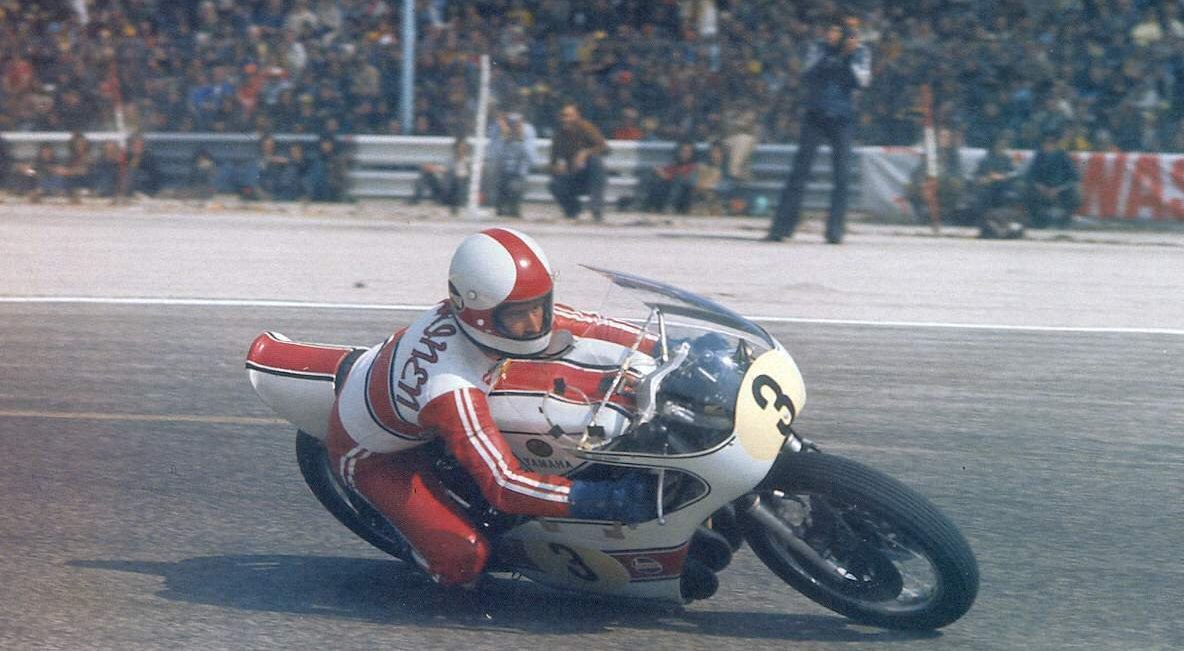
Jarno Saarinen at the 1973 French GP
Future three-time World Champion Kenny Roberts noted this when he saw Saarinen racing at the Ontario Motor Speedway in 1973.
Kenny Roberts had started racing on the flat tracks before moving onto road racing. Those 750cc and 500cc two-stroke Yamaha Grand Prix machines were powerful, too powerful in fact, for the frame, chassis and tyre technology of the time.
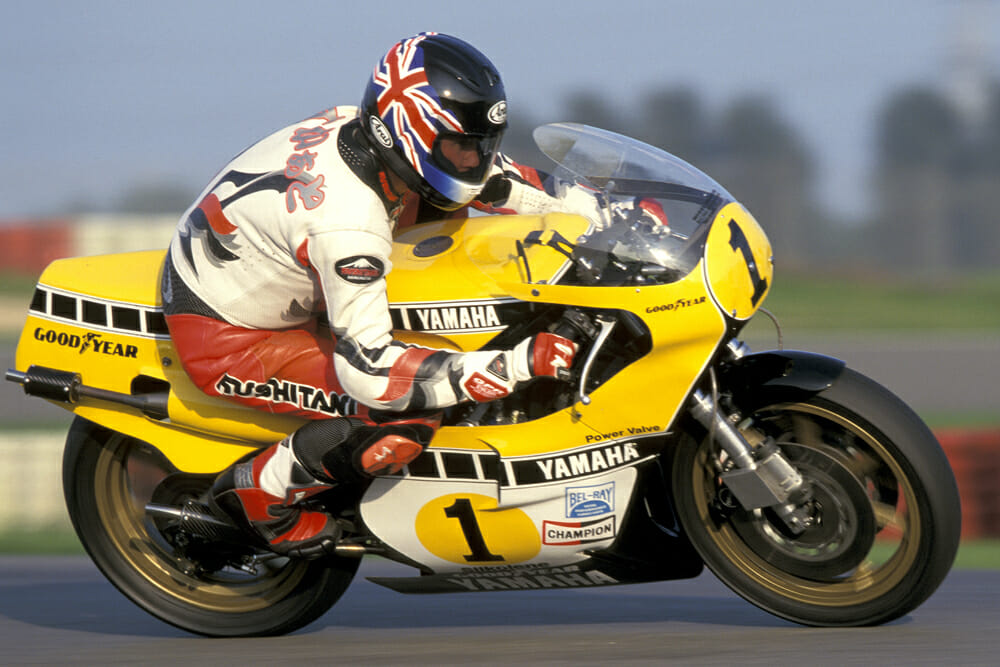
Kenny Roberts
All the European riders were tackling corners the traditional method: Brake off early, sweep through in a long arc, throttle out. Roberts deduced that riding like that was slow, if not dangerous.
So he applied what he learned at the dirt tracks: Charged in hard, braked hard at the last moment, slapped the bike into the corner and gassed on almost immediately to set the rear tyre spinning. Spinning the rear tyre causes the rear oversteer; consequently, turning the bike quicker and faster through corners. Additionally, rather being at the mercy of a sudden loss of traction, he was mastering the levels of traction. The Europeans were blown away by Roberts’ riding style which yielded higher corner and straightline speeds.
Kenny Roberts used his knee as the gauge on how far he’s leaned over into the corners, as would’ve spun out like a top if the rear tyre was already leaned over too far.

Kenny Roberts aboard the Yamaha YZR500. This pose was so famous that Tamiya made a model of it
Legend has it that Roberts first rode an entire race with his knees down for a different reason. He had a dirt bike accident a few days prior to the road race, in which he had impacted his testicles on the bike and one side was so swollen that he had to have it removed. He was uncomfortable when he cornered so he had to hang off his bike and got his knees down.
From that moment on, it was imperative for every motorcycle racer to drag his knees in the turns.
With that out of the way, let’s explore the reasons of knee dragging:
Confidence
It’s much more reassuring knowing your exact lean angle, rather than guessing (or fearing) how far more to go. Also, by having your knee down before, you should know how hard you’re actually riding.
Consistency
In order to achieve consistent lap times, you should develop a body position that’s also consistent. Hence if all other factors are consistent (speed, angle, line, etc.) but your knee touches down erratically – for example, it touches down sometimes in Turn 3 but doesn’t sometimes – that could very well mean your body positioning isn’t consistent.
Countering a slide
Racers and pros could tell you how they use their knees to save their bikes when the front tyre starts to slide. Lifting the bike up by countersteering on the outside handlebar will cause dramatic effects such as the bike going straight and losing time.
Instead, the bike will lift very slightly but enough to get the tyre on a different band by pushing the knee into the pavement,
Less lean angle
If the rider sat up straight while tackling a corner, the bike will need to lean much more to go around a corner at a given speed, due to a higher centre of gravity.
However, since a rider needs to move his body off the centerline of the motorcycle into the turn (called hanging off) in order to achieve a knee down, that lowers the centre of gravity. Consequently, the motorcycle doesn’t have to lean as much.
The more the lean angle, the bigger chance of the tyre(s) sliding out due to decreased footprint
With that out of the way, should we always plant our knees in every corner? The answer is both yes and no.
Yes, you should do it on the track, for the above reasons.
But no, it shouldn’t be done on the public roads, unless necessary. The reason is simple, because a knee down results from attacking corners at elevated speeds that should’ve been reserved for the racetrack, therefore sacrificing a much safer (and saner) riding pace.
There’s little to no room left for mistakes or if some other vehicle overshooting into your path when you’re cranked way over. Lifting the bike up abruptly while leaned over so far will usually result in the bike going straight, and conversely you couldn’t go any deeper unless you lowside. Don’t ask us how we know this.
Of course that doesn’t mean you should avoid it at all costs. The ability to getting the bike all the way down onto your knee could be used as a lifesaving technique. Say you’re riding through Ulu Yam to Genting Highlands. You’re sweeping through a left turn and a car heads into your lane from the opposite direction. Since you already know the maximum lean (provided that you’re not already at the maximum), you could lean more to the inside until the knee touches down.
So the answer is this: Do learn to get your knees down when you’re at track, but leave it at the track. On the public streets, it doesn’t mean you’re not already riding too fast despite not getting your knees down.



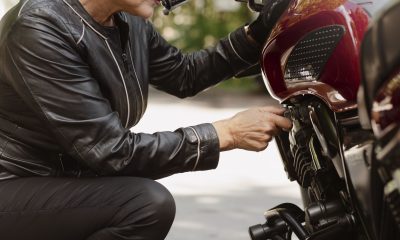

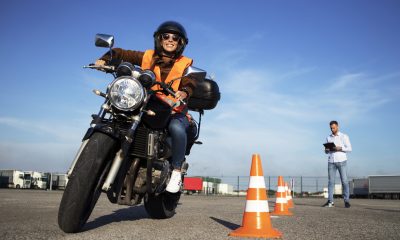


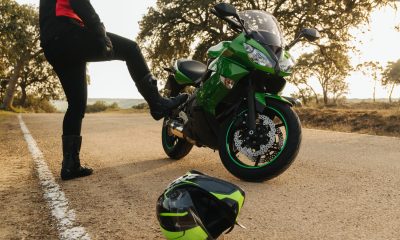




















Facebook
Instagram
X (Twitter)
YouTube
LinkedIn
RSS